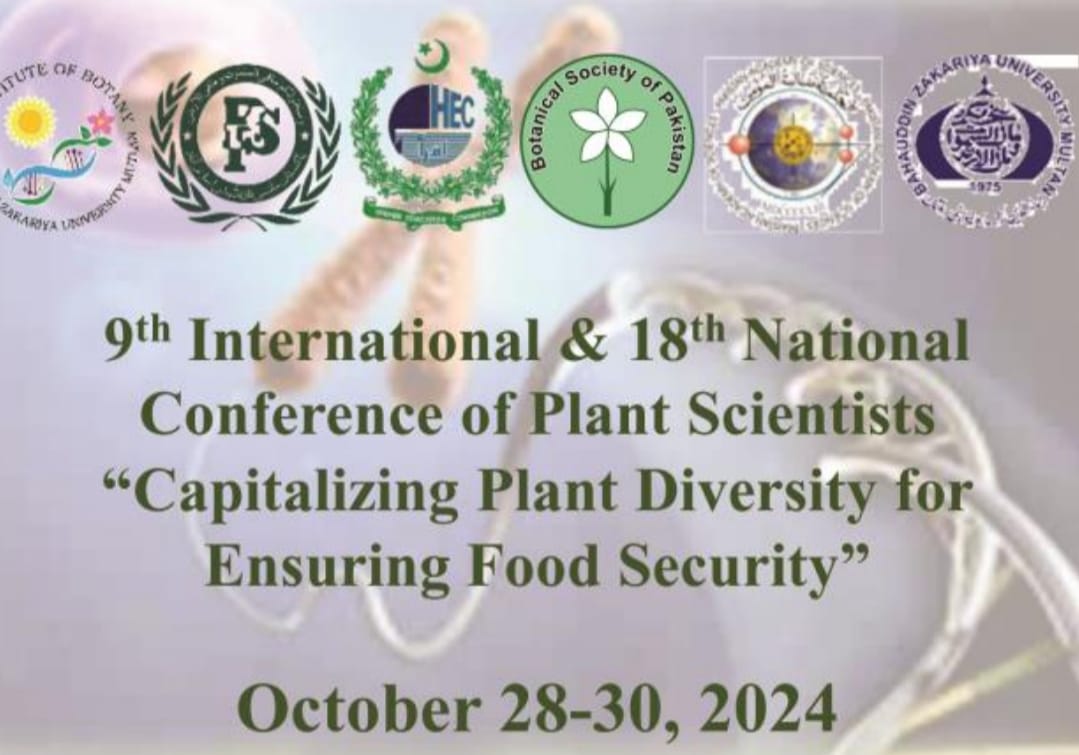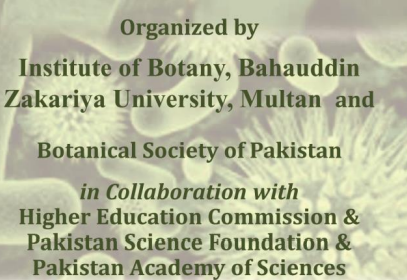Ayse Ozlem Tursun
Details
52(6): 1885-1890, 2020
Download PDF
The effects of low temperature applications on dormancy of Salvia verticillata L. and Rumex crispus L. seeds
Details
52(6): 1885-1890, 2020


